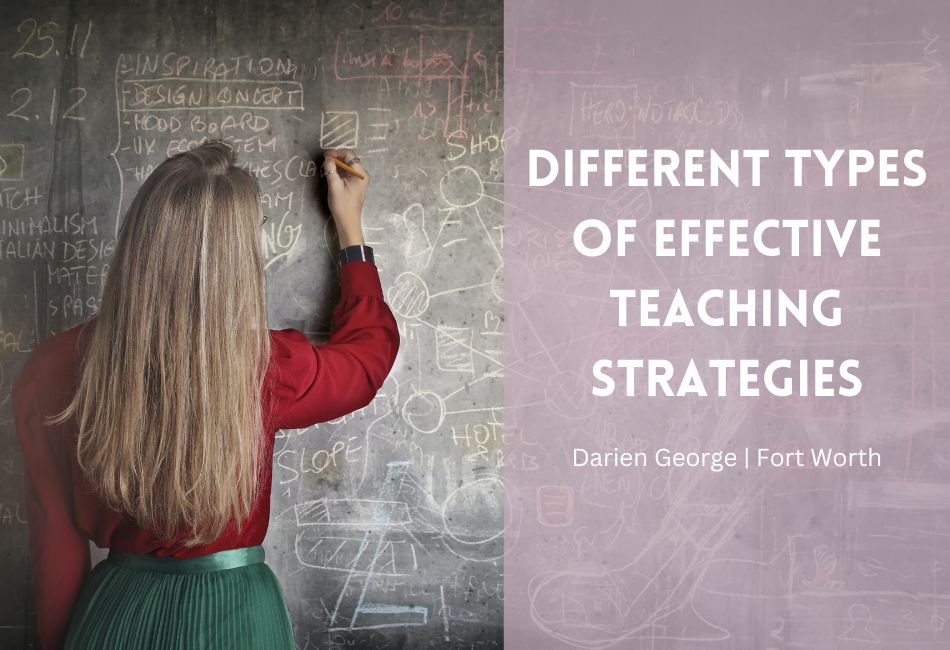Regardless of the subject or age of the students, many effective teaching strategies can be used in any classroom. Having a combination of these strategies can help a teacher improve the performance of their students. There are various approaches that you can use in your classroom, and the ones that work best will depend on your preferences and schedule.
- Model
An effective way to introduce a new subject to your students is by having a demonstration. This can help them see the concept in its entirety. Although some students can quickly grasp it by hearing it, others will need to see it in action.
In certain classes, such as math, having a demonstration is also a requirement. For instance, if you’re teaching a unit, you’ll likely have to show your work on the board. This is how the students can follow along with the learning process.
Some students will need to see multiple examples to grasp a specific concept. Having numerous demonstrations for each unit can help them remember new ideas. This method can also help improve visual students’ test scores.
- Make Mistakes and Be Human
Teachers are the ultimate resource when it comes to helping students learn. Usually, when presenting lesson plans, they show the right way to do things. However, they also want to solicit more in-depth understanding.
One of the best ways to improve your student’s performance is by having them fix their own mistakes. For instance, an English teacher can ask students to identify their own grammar mistakes.
This method requires the students to apply their knowledge. It can also help you evaluate how well they understand the material. After all of them have completed their assignments, you can review them as a class.
- Teamwork
Having your students complete assignments in groups is another effective practice. This method can help them develop teamwork and make their class more successful. In science, for instance, you can have groups of five or six students complete a lab-based assignment. Each person will have a particular task to complete. For example, one person could experiment while another would write notes.
To ensure that the children who need extra support are paired with those who have a better grasp of the material, you should also pair them with people who are more robust in the subject. This will allow them to share their knowledge with their peers. Group work can be a fun and interactive way of teaching.
- Have Them Learn From Experience
One of the best lessons that can be taught outside the classroom is getting out into the real world. This can give children a new perspective on what goes on in school. Learning from experience by having students study the various fish types in a local pond is a great example of this. During this activity, they’ll get to know about the animals’ contributions to the environment.
After completing the lesson, take the class to the pond and have them look for the various animals discussed in class. They’ll then be able to observe these creatures’ roles in the environment. Field trips can provide students with valuable and real-world experiences. They can also help them develop their confidence and motivation in class.
- Students Be The Teacher
Before allowing students to lead the class, you should ensure they deeply understand the material. For instance, you can have them complete an individual task or group work. This strategy is focused on getting your students to exhibit their knowledge and share it with their peers. To provide a quality lesson, they’ll need extra time to comprehend the project entirely. They’ll be motivated to ask questions if they struggle in certain areas.
To help students prepare for the assignment, you can provide them with a rubric outlining the various areas in which they’ll be graded. You can also give points based on their creativity, lesson length, and other factors. Some teachers allow the entire class to grade a section of the project.

